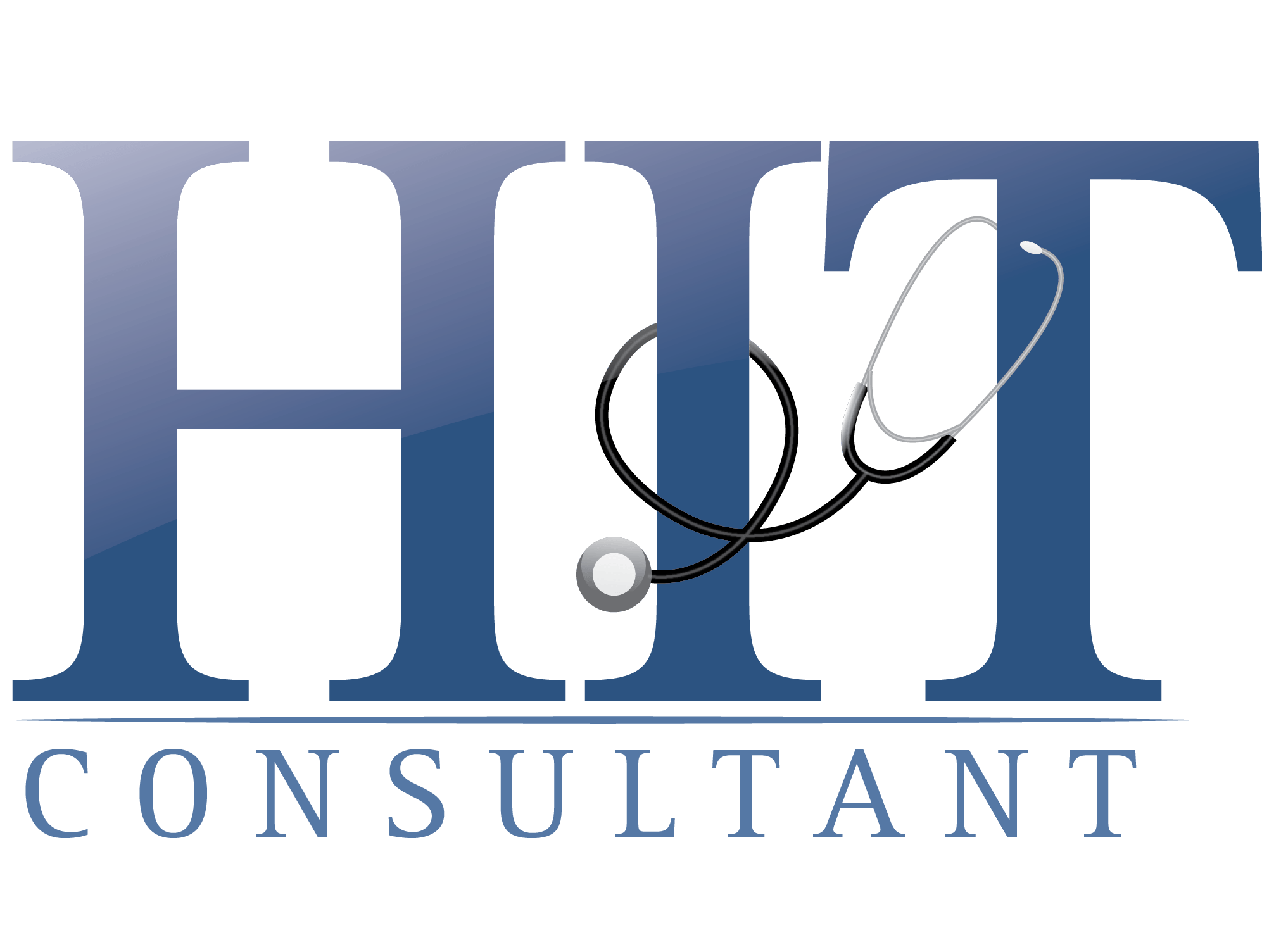Written by David McKanna, product marketing manager at Nuance
“Business Week predicted the paperless office in 1975, when it was thought that computer records would completely replace paper. In the next two decades after that pronouncement, paper use doubled.”
This quote is taken from Persistent Paper: The Myth of “Going Paperless” from AMIA which provides a relevant list of reasons why paper is still widely used in healthcare. Even fully electronic (Stage 7) hospitals still receive high volumes of paper from outside providers. 
When was the last time your organization took a close look at how you process paper records?
Many readers may not know that the origins of Nuance can actually be traced back to ourDocument Imaging team when the company was known as ScanSoft. Today, our desktop imaging products are in use with over 21 million customers and our eCopy ShareScan platform is used with over 3.5 million customers.
The Document Imaging team has been hard at work understanding the unique paper handling needs of today’s healthcare organizations, and has provided below what we see as the four keys to effectively managing paper records.
1. Deploy standards-based solutions to support information exchange.
I don’t need to outline the increasing requirements under Meaningful Use for information exchange, but I think it is worth noting that the sharing of patient information originating on paper shouldn’t be overlooked. The HL7 CDA format should be considered here as a means to support the interoperability of scanned documents between providers. A recent posting by Ed Larson on the HIMSS blog speaks to the increasing importance of the format – “the CDA has emerged as the contextual container of choice for sharing a range of clinical, administrative and financial information.”
2. Accelerate scanning to the EHR for faster access to the “complete” patient picture.
OK, this seems obvious, but we hear on a regular basis that it takes as much as three days to get scanned records through centralized scanning operations and uploaded to the EHR. HIM directors face a dilemma in that they know distributed capture leveraging MFPs (multi-function peripherals) and scanners across the hospital can accelerate capture, but are concerned about adherence to protocols. So, what is required here is robust distributed capture with built-in mechanisms to ensure documents are processed according to HIM protocols.
3. Make it easy to identify and retrieve scanned documents.
A common complaint, especially from physicians, is that it is frustrating to “hunt and peck” through large volumes of poorly named static image files. It follows then that healthcare capture platforms should generate logically named searchable PDFs so records can be easily located by keyword search.
4. Put technology in place to extract the “actionable” data locked in paper.
Most readers are probably already familiar with Nuance’s ability to help physicians capture the patient story anytime, anywhere through our innovative speech recognition solutions. You’re also most likely well-versed in the power of Clinical Language Understanding (CLU). What you may not have considered is that the same CLU-powered technology used to extract “actionable“ data from dictated files can also be used to analyze free text from paper documents which have been processed with optical character recognition (OCR) to tag important clinical data elements such as problems, social history, vital signs, medications, etc. Access to this level of structured data locked in paper records can not only help improve patient care, but can also help meet Meaningful Use requirements related to reporting, analysis, and information sharing.
The eCopy ShareScan Suite for Healthcare is specifically designed to meet these four requirements. It accelerates and simplifies paper-based capture to the EHR, while at the same time ensuring adherence to HIM protocol. As a standards-based platform, eCopy ShareScan leverages the HL7 CDA format to support the sharing of scanned records between systems and providers.
Our eCopy ShareScan and CLU integration is in its early stages, but our prototype received very positive feedback at Nuance’s Healthcare Conversations event in April. Just imagine how much more powerful CLU-based applications like Quality Analytics will be when the pool of information you can report on is expanded to include all paper records as well.
Click here to learn more about Nuance’s document imaging solutions for healthcare
Article first appeared in Nuance’s For the Health of IT blog

